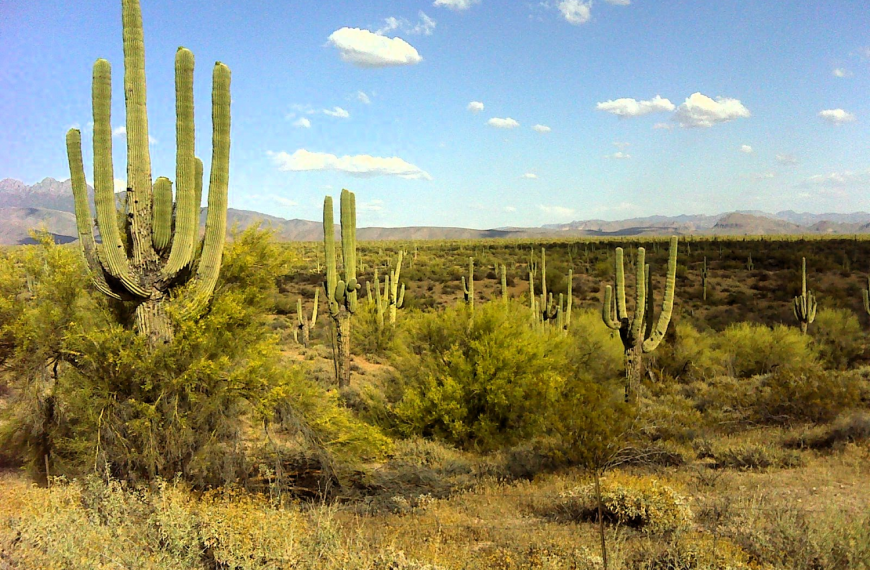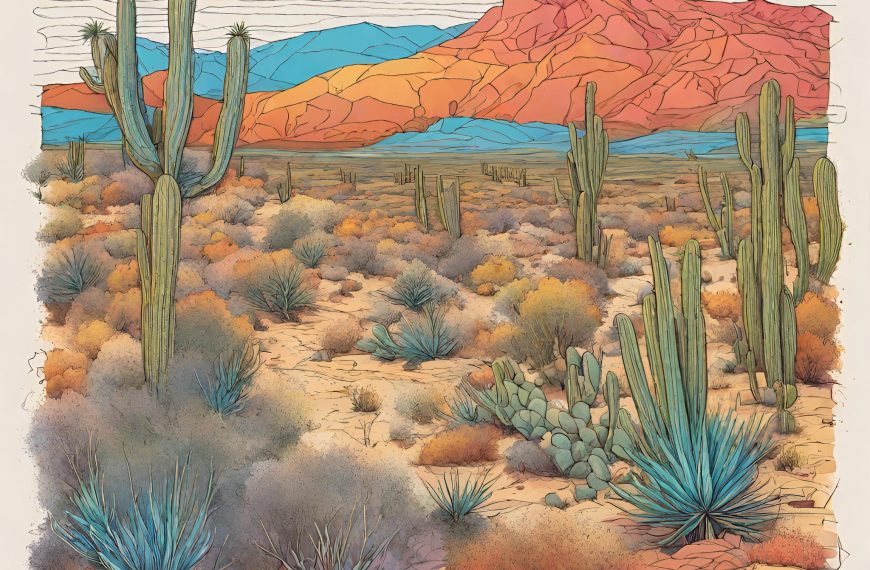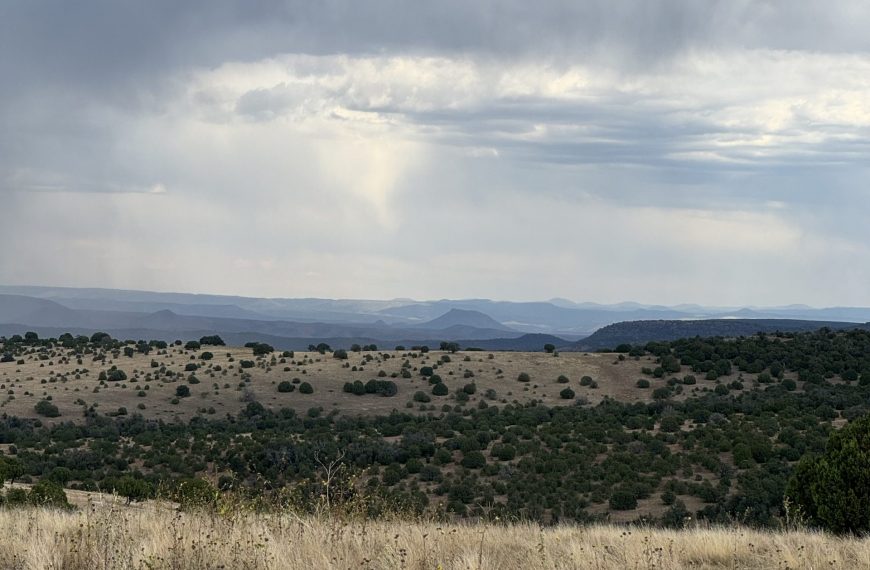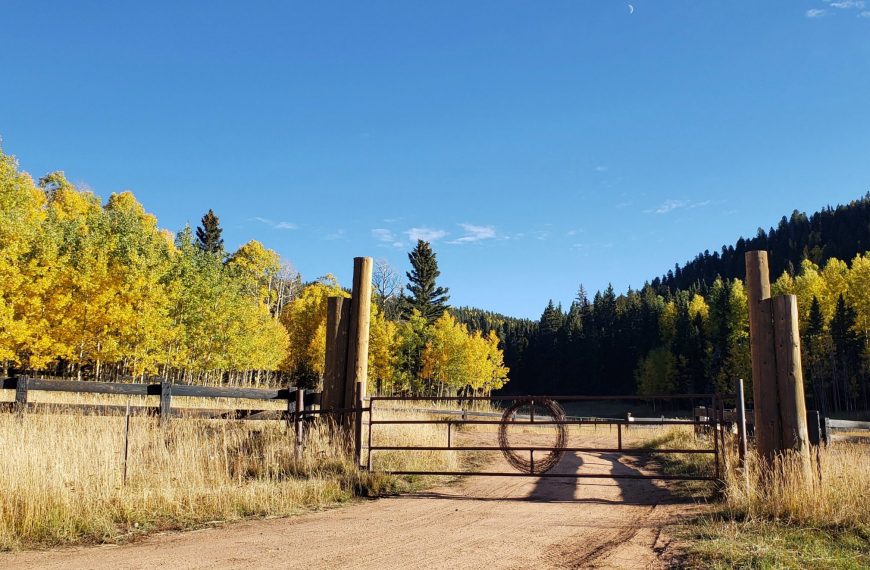Presenter: Erica Bigio, University of Arizona
This webinar presents research on the historical fire regimes of the western San Juan Mountains in southwestern Colorado, where the landscape provided a unique opportunity to sample tree-ring and alluvial-sediment records in the same study sites. Knowledge of historical fire regimes (frequency, size, severity) can help support management plans to reduce forest densities and increase resiliency of forest stands to current and future climate changes. We collected tree-ring data from three watersheds and evaluated the influence of aspect and fire barriers on fire frequency and severity, as well as, the influence of regional climate on historical fire events. Sediment-based reconstructions from the valley bottoms illustrated several peaks in fire activity over the past ~2,500 years, representing an increased proportion of high-severity fire during certain climatic periods. We associated these peaks in fire activity with severe drought episodes, which were often preceded by two – three decades of wet conditions. In summary, our study shows that future drought and warming temperatures have the potential to increase the frequency and severity of fires, given the abundant fuel loads in pine-dominated forest types in this landscape.
Watch a recording of this webinar.






